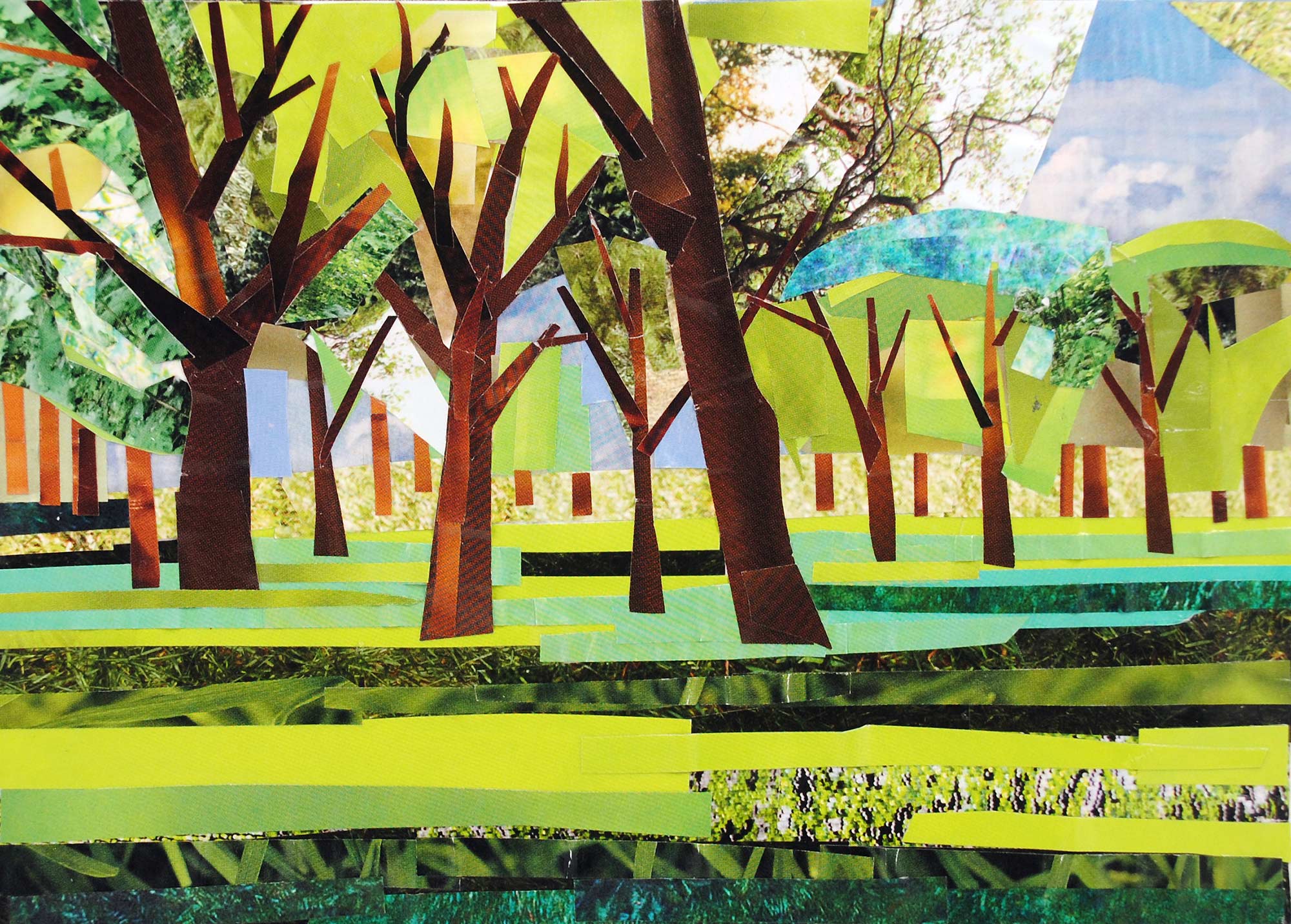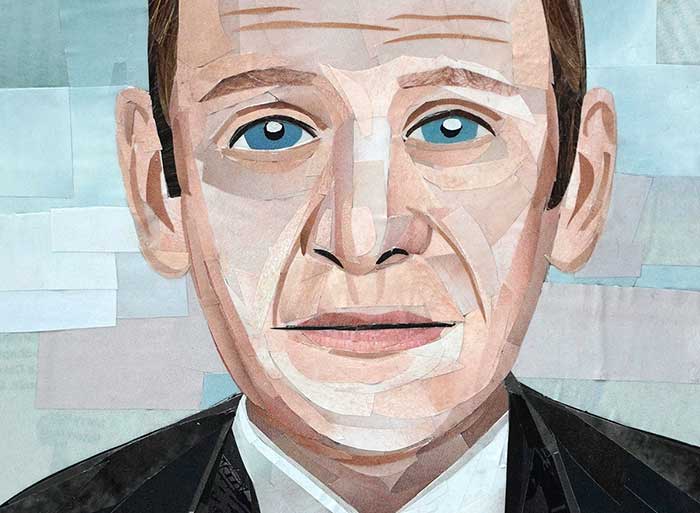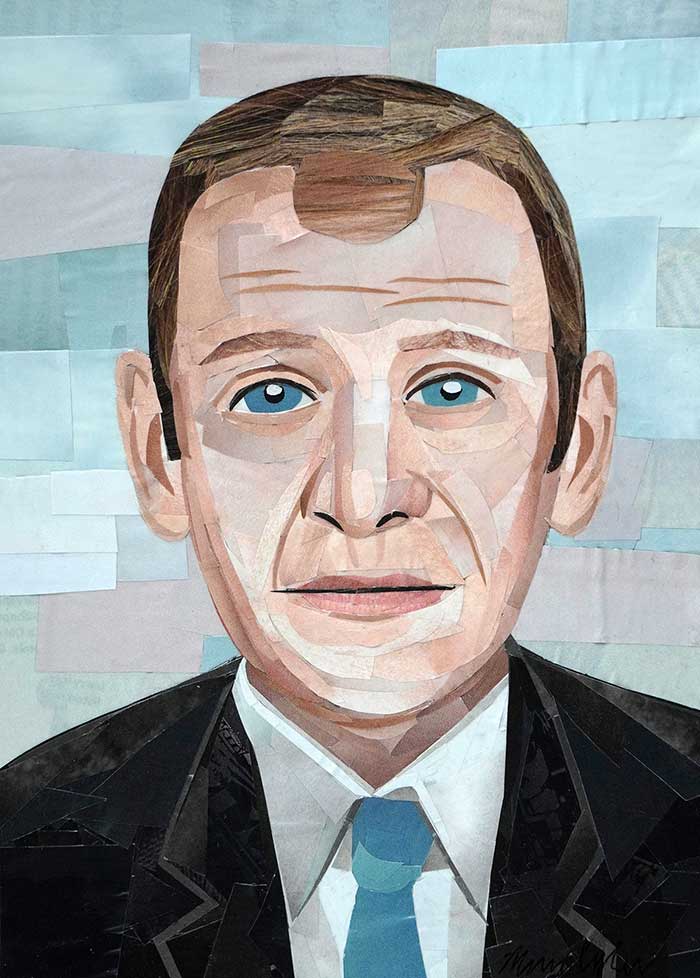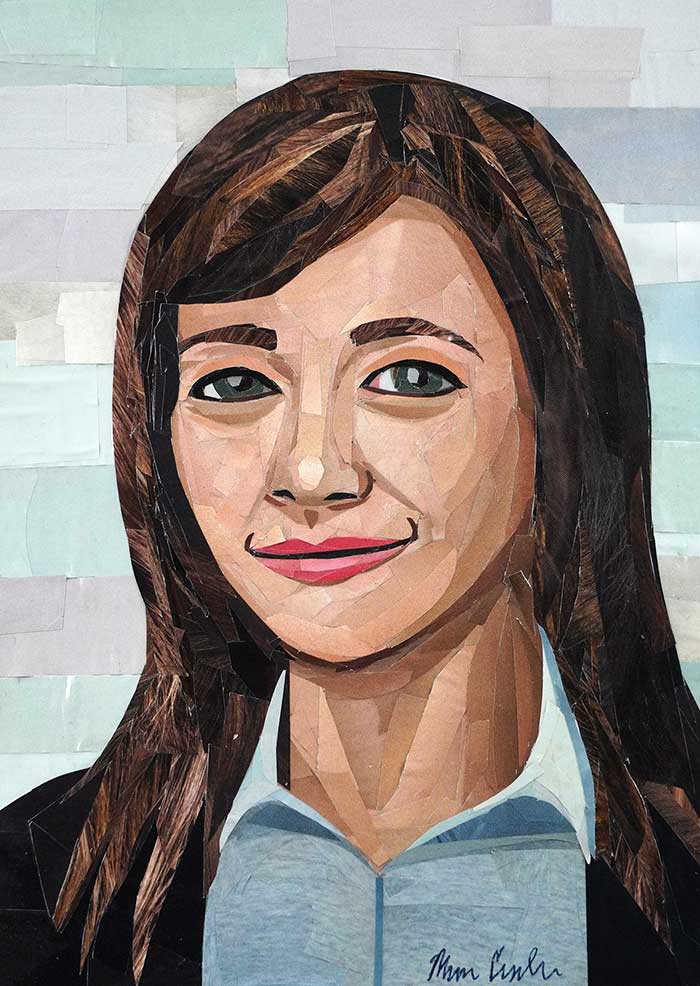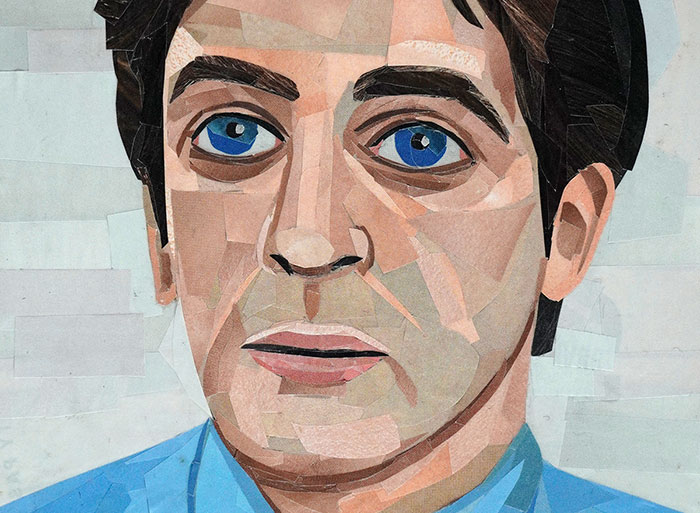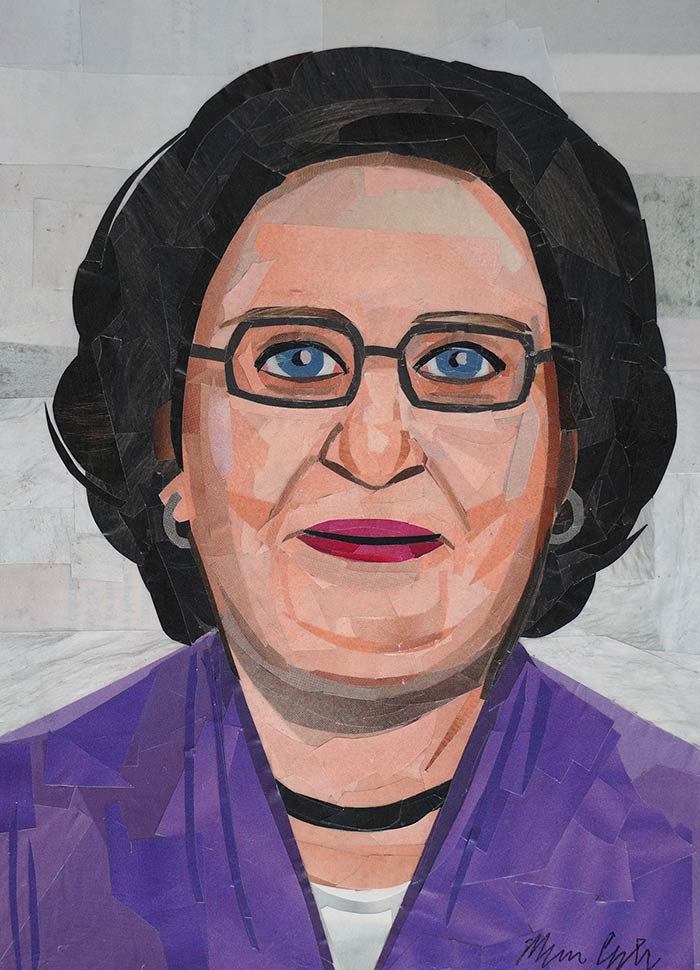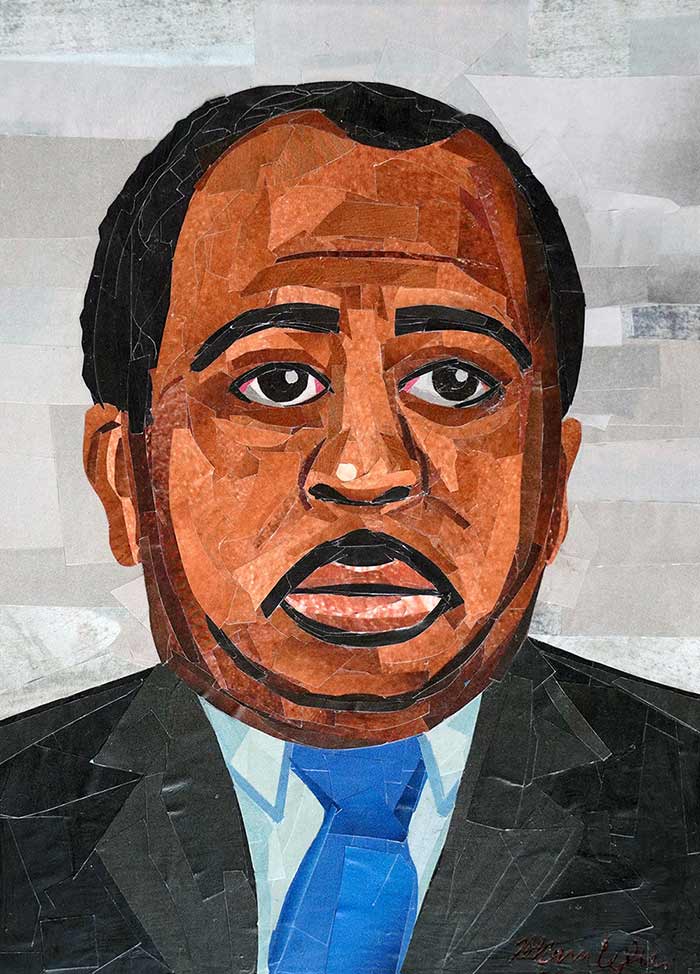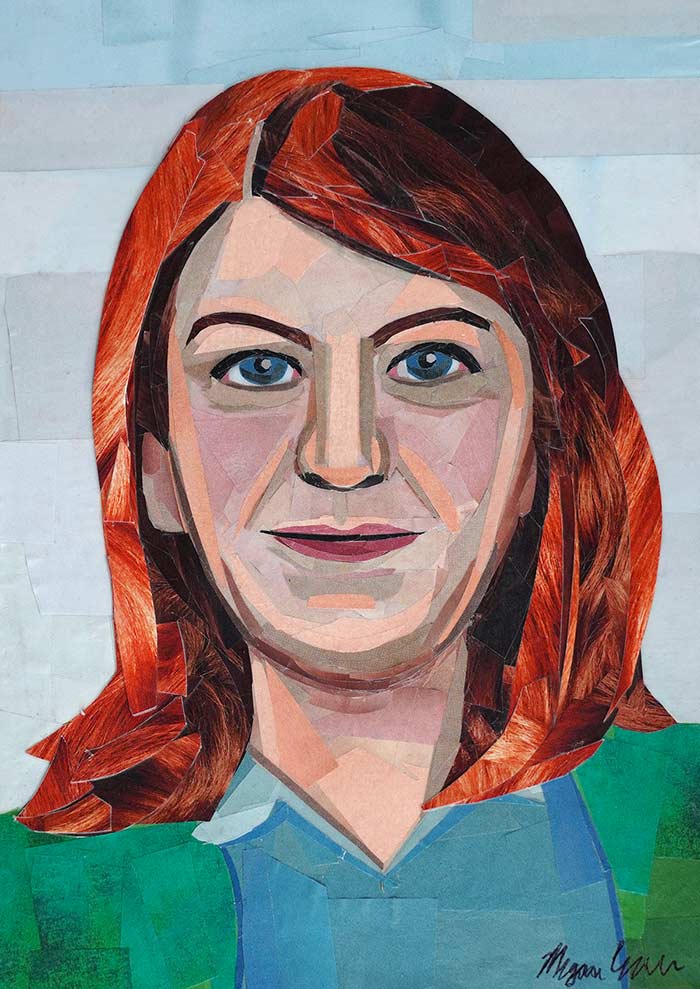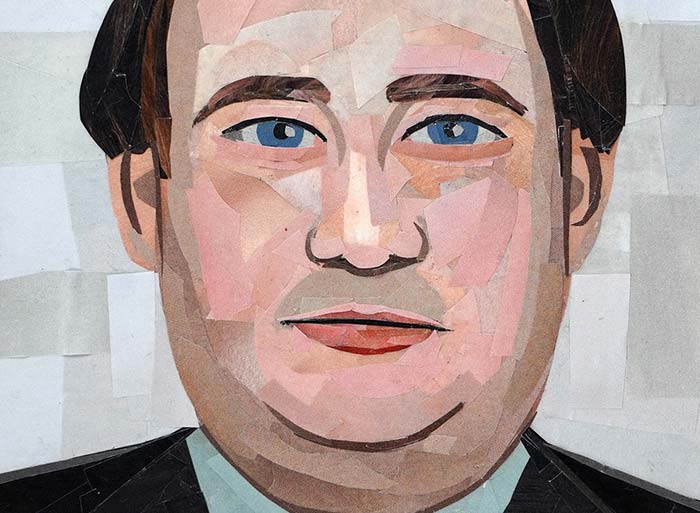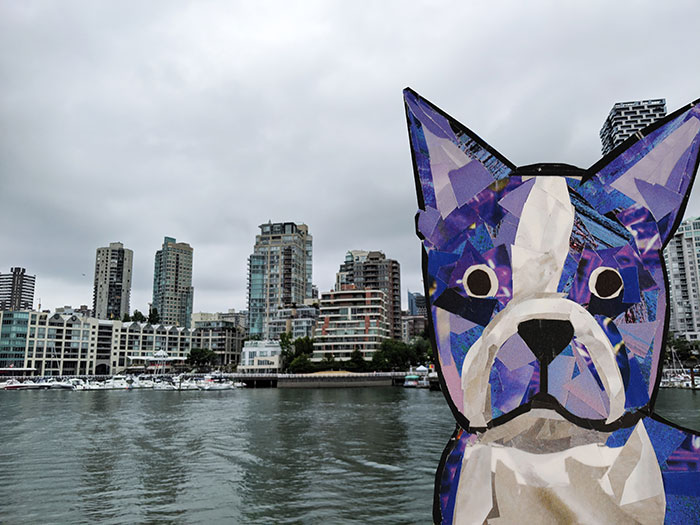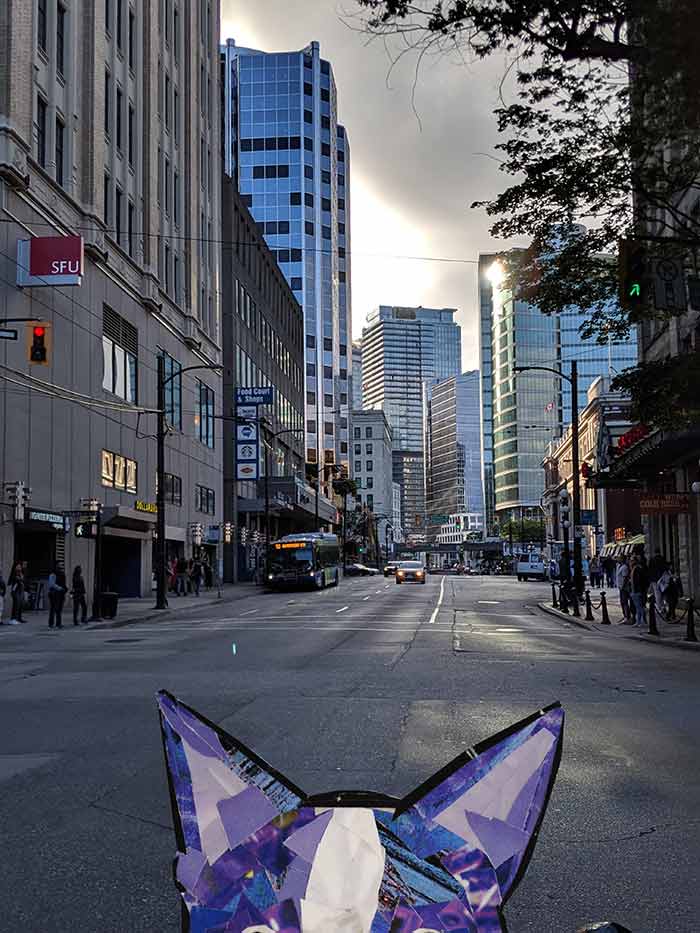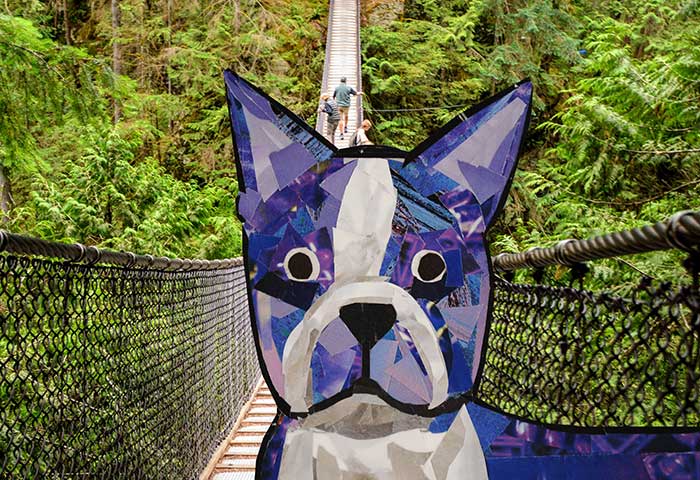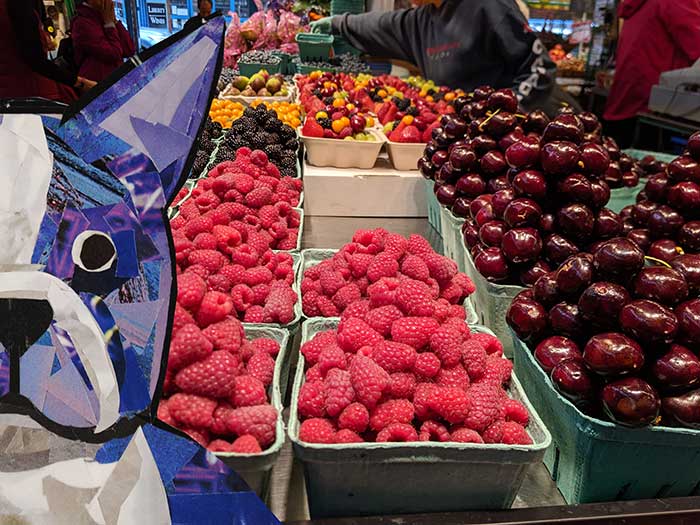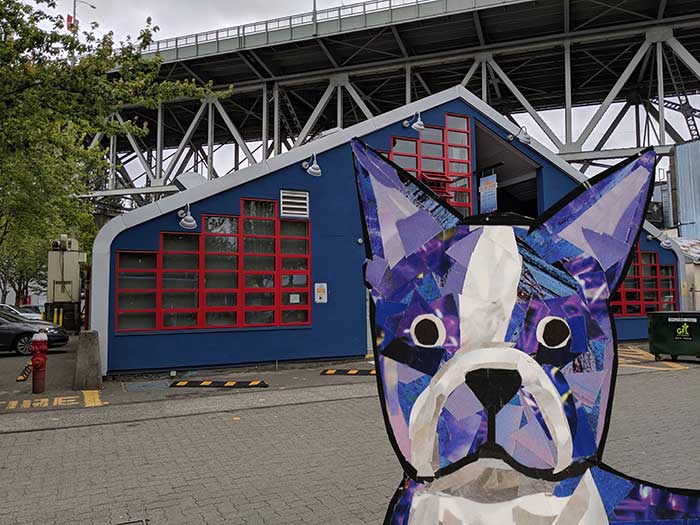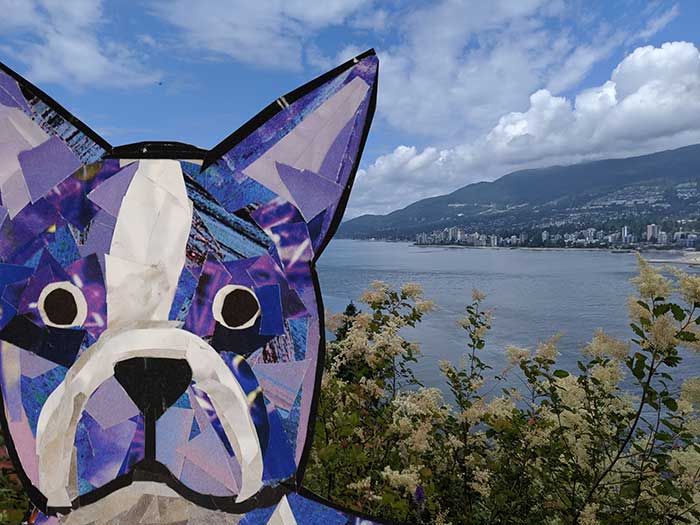
Bosty really wanted to do some hiking in the Rockies so he went to Denver, CO the other day. He loved the view of all the mountains and trees.
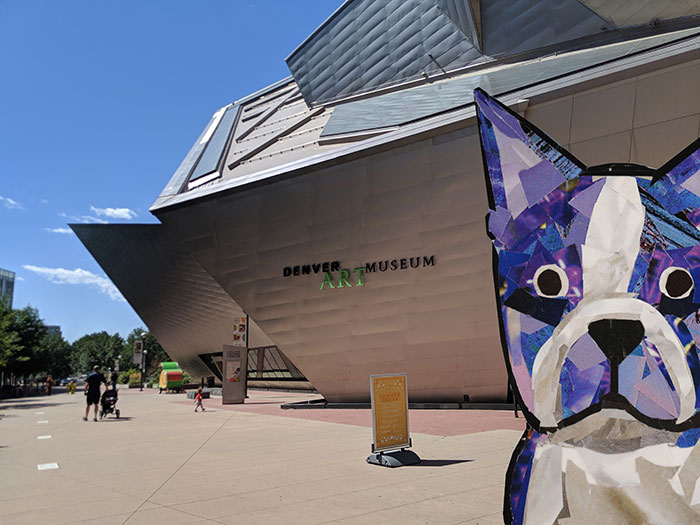
After hiking, he headed over to the Denver Art Museum to take a look at the work of some local and international artists. There’s nothing quite like getting an art fix for the day!
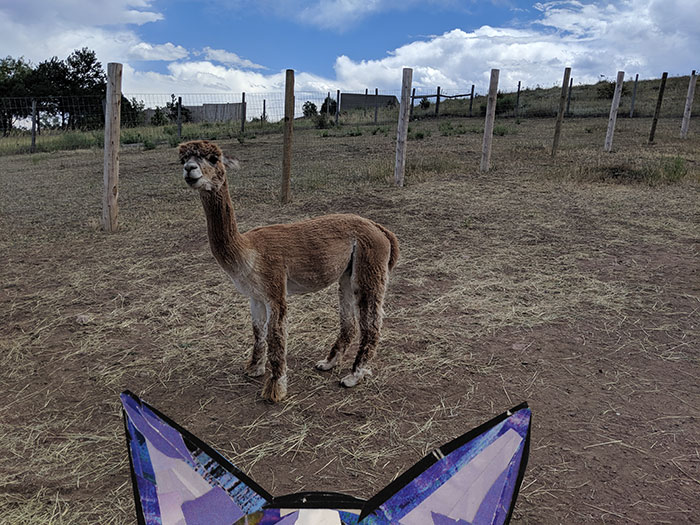
Later he stopped by an alpaca farm to make some new friends.
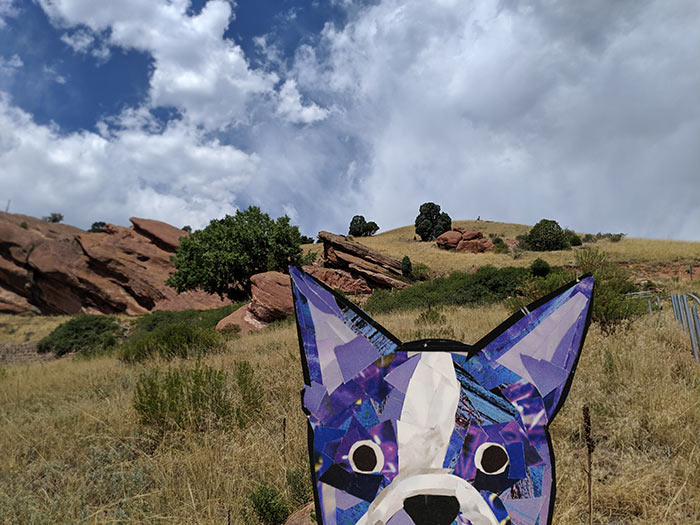
He did some exploring outside of the farm and really enjoyed seeing all the red rocks accenting the hilly countryside.
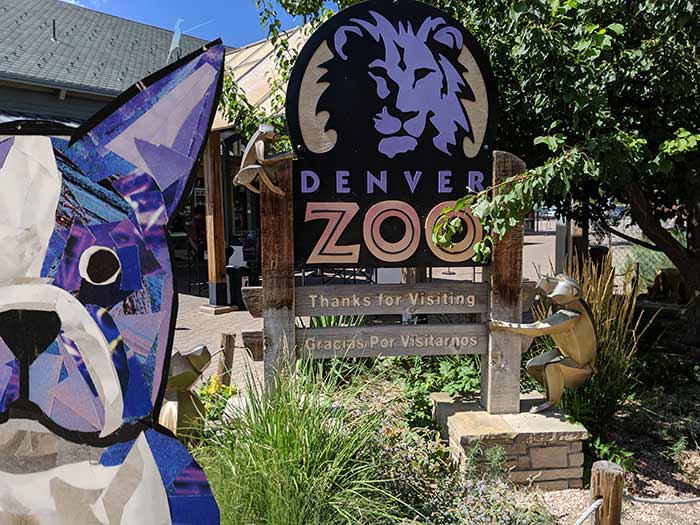
Next, he wanted to make some more animal friends by visiting the Denver Zoo.
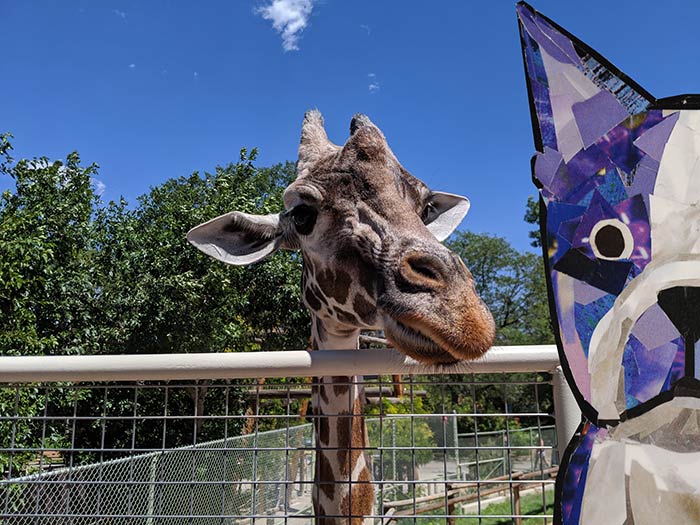
He wandered around quite a few of the exhibits, but one of his favorites was saying “hi” to the giraffes.
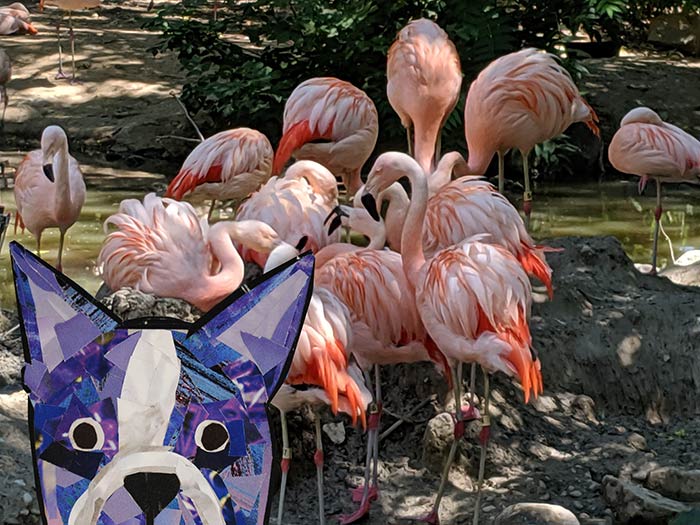
And he finished his trip by saying “hello” to all the birds. He especially liked the colorful flamingoes. Once he finished strolling around the zoo, he headed home. He definitely wants to visit again sometime, perhaps when there’s snow on the ground?
